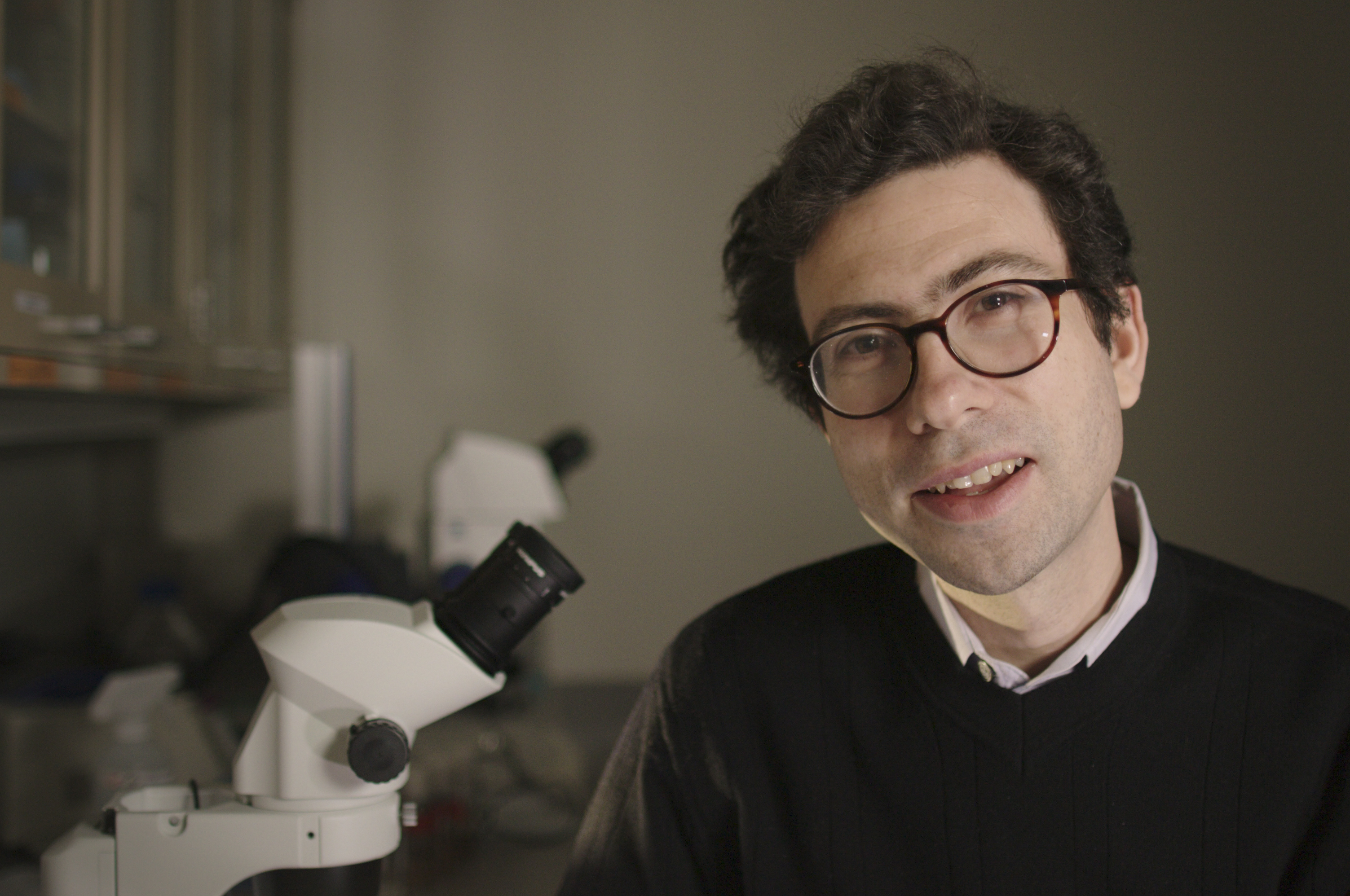Freyberg and Colleagues Bring Cryoelectron Tomography Imaging to Intact Human Cells and Explore the Biological Consequences of a Mutation that Causes Mitochondrial Disease

Mitochondrial diseases are a group of inherited and severe multiorgan disorders that stem from mutations affecting the proper functioning of mitochondria, the “power plants” of cells that generate the majority of the energy needed for metabolic processes. Due to its high energy requirements, the brain is especially vulnerable to energy shortages, and therefore neurological symptoms are common in mitochondrial diseases.
Pitt Department of Psychiatry researchers recently adapted a robust three-dimensional imaging technique called cryoelectron tomography for use in intact human cells, and then used the method to investigate the biological consequences of a mutation that causes Leigh syndrome (LS), one of the most common mitochondrial diseases. The new results were published in the journal iScience.
“We used this incredibly powerful method to see what effect a particular mutation has on mitochondrial structure, and we found very significant changes,” said the paper’s senior author Zachary Freyberg, MD, PhD, Assistant Professor of Psychiatry and Cell Biology. “This is the first time that anyone has been able to grow human cells from a patient and then directly visualize the consequences of the disease-causing mutation with this level of detail. Our technique opens up a new window into the biology of the cell, and into the pathophysiology of human disease.”
LS is usually diagnosed in infancy and is characterized by seizures, progressive cognitive and motor problems, and premature mortality. It is caused by one or more mutations in at least 75 different genes that prevent mitochondria from producing adequate levels of adenosine triphosphate (ATP), the primary source of energy in cells. Michio Hirano, MD, Professor of Neurology at Columbia University and one of the paper’s coauthors, recently showed that one LS patient’s disease-causing mutation prevents two molecules of ATP synthase, the enzyme that makes ATP, from forming a paired structure known as a dimer.
To find out exactly how this lack of ATP synthase dimerization impairs ATP production, Dr. Freyberg and colleagues spent over a year developing the new methodology, and then compared the three-dimensional structure of mitochondria in skin cells from this LS patient to those from a healthy control. They found that LS induces profound disturbances in the structure of cristae, the folds of the inner mitochondrial membrane where ATP production occurs.
In the healthy control, the dimerization of the ATP synthase pinches the mitochondrial membrane, forming an invagination that increases the surface area of the cristae and ensures ample space for ATP synthesis. In the LS patient, the lack of dimerization leads to a reduced cristae surface area that in turn limits ATP production.
The importance of new results extends beyond mitochondrial diseases. “The success of our approach opens up a whole new world of opportunities for precision medicine,” said Dr. Freyberg. “To date, medicines have largely been developed using a ‘one size fits all’ model; in reality, there is substantial variation between individuals. The use of cryoelectron tomography in human cells allows us visualize the disease-causing biological changes on an individual level, which, in principle, will allow us to design a custom treatment strategy for each patient.”
Three-Dimensional Analysis of Mitochondrial Crista Ultrastructure in a Patient with Leigh Syndrome by In Situ Cryoelectron Tomography
Siegmund SE, Grassucci R, Carter SD, Barca E, Farino ZJ, Juanola-Falgarona M, Zhang P, Tanji K, Hirano M, Schon EA, Frank J, Freyberg Z
iScience, 2018 6:83-91
